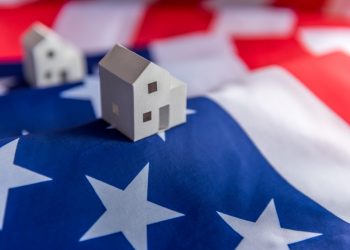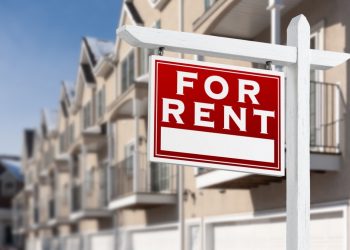 RISMEDIA, January 19, 2011—A joint study by the 50+ Housing Council of the National Association of Home Builders (NAHB) and the MetLife Mature Market Institute shows the recession has made 55+ buyers more practical when selecting a new home. Design considerations have become less important, and financial concerns have become more prominent, according to the study.
RISMEDIA, January 19, 2011—A joint study by the 50+ Housing Council of the National Association of Home Builders (NAHB) and the MetLife Mature Market Institute shows the recession has made 55+ buyers more practical when selecting a new home. Design considerations have become less important, and financial concerns have become more prominent, according to the study.
Previous studies from these two organizations found that most 55+ buyers depended on home sale proceeds to finance a new purchase. The most recent data shows that option diminished during the economic downturn.
The study, “Housing Trends Update for the 55+ Market,” explores recently released housing data from the Census Bureau’s 2009 American Housing Survey (AHS) on the 55+ demographic. The report focuses especially on households living in active adult communities, either age-qualified active adult communities where at least one resident must be age 55+, other non-age-qualified 55+ owner-occupied communities (not explicitly restricted to 55+ households but nevertheless occupied primarily by people age 55+), or age-restricted rental communities.
“By the year 2020, as Baby Boomers move into this age bracket, almost 45 percent of all U.S. households will include someone at least 55 years old,” said David Crowe, NAHB’s chief economist. “The number of those households seeking housing better suited to their changing needs will therefore rise dramatically.”
Crowe noted that about 54,000 housing starts are projected in 55+ communities this year, a 30% rise from estimated 2010 levels, but still relatively modest production. Starts in 55+ communities are projected to increase another 46% to roughly 79,000 housing units in 2012.
In 2009, only 55% of new age-qualified active adult home buyers reported that their down payment came from a previous home sale, significantly down from 100% of respondents in 2005 and 92% in 2007. In 2005 and 2007, no active adult community buyers reported having to tap cash or savings for a down payment. In 2009, 45% of the average buyer’s down payment came from cash or savings.
Further analysis reveals other interesting developments. While median prices for new 55+ homes remain lower than 2005’s peak, a look at average home prices shows a big difference between buyers in age-qualified active adult communities and other 55+ community buyers. Average prices for 55+ homes dropped in 2007 and partially rebounded in 2009. But prices for age-qualified communities more than bounced back; they set a record with an average price of $319,000. Buyers in that group were more affluent, with average incomes of more than $80,000 a year. Twenty-seven percent reported earning $100,000 or more compared to fewer than 5% of such buyers in 2001.
“Most 55+ consumers—those who chose to move and those who stay in their homes—report that they are happy with their homes and communities,” said Sandra Timmermann, Ed.D., director of the MetLife Mature Market Institute. “But those who did move to an age-qualified community—about 3%—reported the greatest satisfaction, rating their homes and communities at nine on a one-to-ten scale.”
The desire to be near family and friends is the mature mover’s overwhelming motivation, the report noted. The design, amenities and appearance of the residence and the community remain important, but less so than before the recession. Buyers who fall into the 55+ age range that are moving into rental homes, both multi-family and single-family, cited a desire for less expensive housing as second in importance to living near friends and family.
Those who are able to buy are getting much more for less. In 2009, more than half of 55+ buyers said they were moving into better homes, but fewer than half reported that their new homes cost more than the old ones.
“Proximity to work” was more important than in the past for those relocating to age-qualified, active adult communities—12% in 2009 versus 2% in 2001—underscoring the trend toward delayed retirement in this age group. There was also a reported increase in the share of 55+ single-family homeowners who say they work at home—which may be a trend noteworthy to home designers.
A small, but growing share of older households is taking advantage of the ability to convert some of their home equity into a reverse mortgage or home equity conversion mortgage. They tend to be older, single-person households with lower household income and longer housing tenure. Those with reverse or home equity conversion mortgages represented more than 241,000 households in 2009, a 54% increase since 2007.
For more information, visit www.nahb.org and www.MatureMarketInstitute.com.










